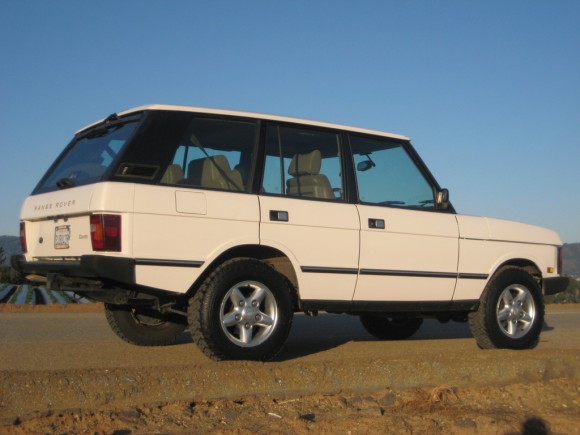
Rover had produced a four-door prototype Range Rover way back in 1972. Sadly, the company did not have the resources with which to get it into production.
Ever since the development program in 1967, it was always envisaged that an automatic version would be launched. Because of limited finances howver, the automatic never appeared. Then another aftermarket firm called Schuler prepared their own automatic Range Rover in late 1980. Due to a positive response, Land Rover pressed forward with their own development program based around the American Chrysler Torqueflite transmission.
Around this time, the first “In Vogue” special-edition model appeared, having glamor magazine Vogue use the Range Rover as a backdrop for one of their high-publicity photoshoots. This was the predecessor to the current Vogue models.
Although the five-door and automatic aftermarket models sold in small numbers, they were followed in 1981 and 1982 by the official production versions, built by Land Rover themselves. Throughout the 1980s, the Range Rover was now developed constantly, and in response to customer demands. The ride height was dropped by 0.8 inches in 1980 and later gained anti-roll bars to reduce body roll.
The five-door model began outselling the original version significantly. The 4-speed gearbox was replaced by the LT77 5-speed gearbox. The automatic duly followed in July 1982. Further pricier “In Vogue” models were produced to showcase the new models, and thanks to their success the Vogue became a production model in its own right in 1984.
Throughout the rest of the 1980s, the Range Rover continued to be improved year after year. Trim materials were constantly upgraded, equipment levels improved and refinement increased, receiving a deeper front bumper with integrated foglights as well as horizontal grille slats in 1986. At around the same time, the two-door model was discontinued in many markets. A 2.4L diesel engine from Italy was made available as an option for the heavily-taxed European market in 1986, while the gasoline engine ditched carburetors for fuel-injection in the same year.
Sales continued to hold up well, and the introduction of the 3.9L engine and revised dashboard in 1989 ensured its continued appeal. In 1992, and just two years before its replacement was due, the long wheelbase version appeared. This model with a 108-inch wheelbase had its length added in the rear-door area only, but without compromising on looks. It truly became a luxury contender.
The longer model was badged as the Range Rover LSE, and also benefited from an entirely new system known as ECAS (Electronically Controlled Air Suspension). Apart from the added refinement afforded by the removal of steel springs, the system afforded the benefits of variable ride height, which could be used to great effect at high speed (when the ride height was dropped over 50 mph. The vehicle dropped to its lowest setting when the car was parked, to ease entry and loading.
The Range Rover continued in production for some time after its P38A-codenamed replacement was launched in September 1994. The first-generation stayed on sale as the Range Rover Classic till 1996, with new molded bumpers painted in body color. Even after the introduction of the conservative new P38A Range Rover, the Range Rover Classic apparently continued to sell well. As history proves, the original Range Rover lasted over 25 years, while the second-generation P38A Range Rover lasted for only 7 years before its own BMW-designed replacement came into play in 2002, bringing back some of the original’s design ideas.
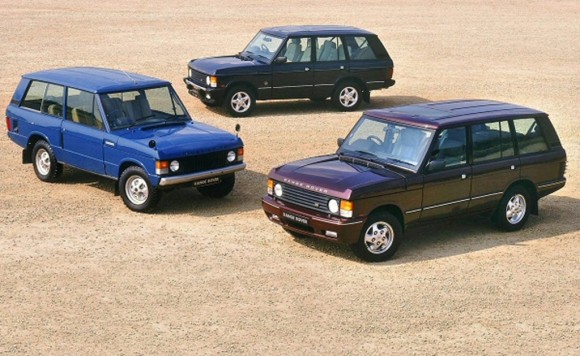
At the beginning of this story, the Range Rover was described as an iconic niche-market product. However, it made the idea of a luxury off-roader acceptable in the mainstream, and gave rise to a number of similar products from German and Japanese manufacturers, all making their debut much later in the 1990s. But the Range Rover has managed to hold its own.



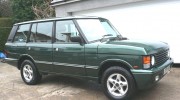
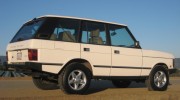
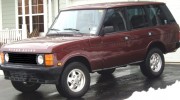
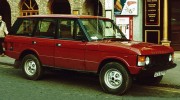
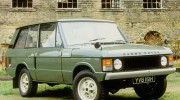
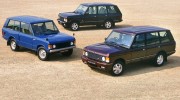
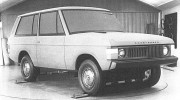
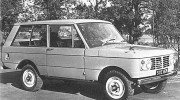
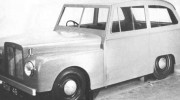




























3 Comments
hi.. do they any parts for the 1972 model…?
just want to know do the parts of 1972 range rover ..still avalebble..?
I want a 1981-1995 5dr. Range Rover